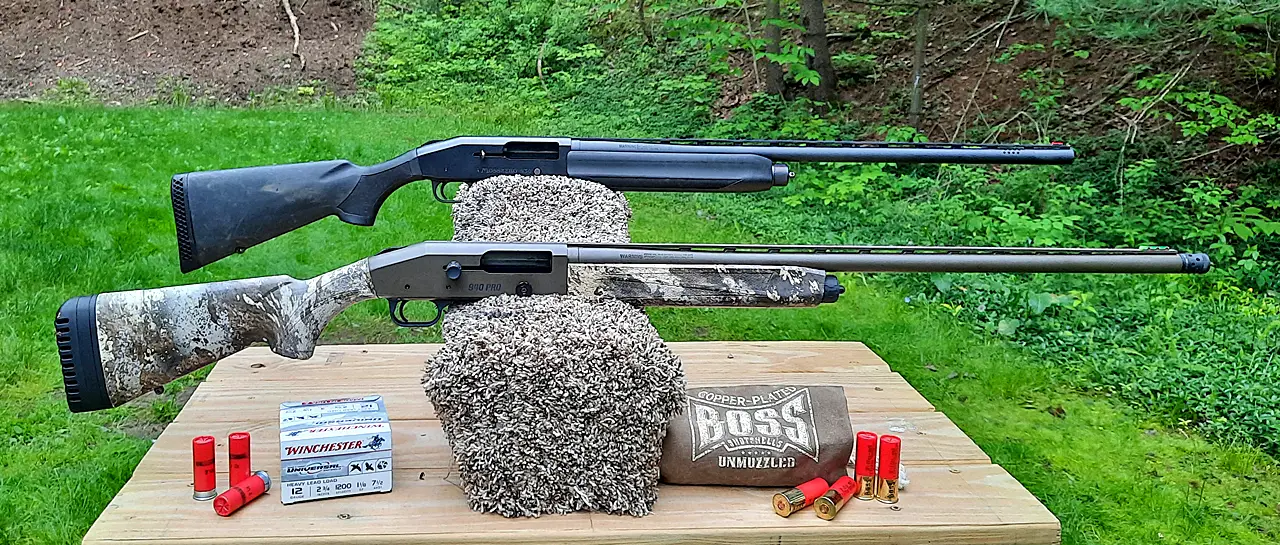Elk hunting requires a specialized approach, but the guns and gear used are not uncommon. You may need to buy a little gear, but chances are you already own a capable rifle for the job. On this episode I talk about the equipment you need to hunt elk.
Take Aways
- A magnum rifle is certainly fine for the job, but many hunters shoot worse with a bigger gun.
- Do not just go out and buy a heavy caliber for elk hunting, you need to train with big calibers for years, mastering how to use them effectively. Else you are better off with less gun.
- The most common range for taking a shot at an elk for most hunters is 100-200 yards. You should train for that.
- Practice shooting off hand, after hiking or climbing, and in various positions and circumstances.
- A 308, 30-06, and 270 are very common calibers that are all ideal choices for elk with the right bullets.
- Use high quality bullets rated for game of this size, a Nosler Partition is a great place to start.
- When it comes to gear, boots make all the difference. YOU MUST have good boots, and two pairs of them. You must break the boots in well in advance, hiking miles and tens of miles in them regularly.
- Base layers are the next very important piece, you need something that doesn’t itch, that will keep you warm when wet, doesn’t stink and wicks moisture and evaporates it quickly. Merino wool is the best option. I recommend the First Lite 150 wick or 250 kiln base layers.
- Good socks also make a world of difference, again merino wool is the best. I recommend Darn Tough socks because of their lifetime guarantee.
- You should bring 4 pairs of hunting socks. One to wear into the field, one to change into at mid-day, and two for the next day. So you can rotate and your socks will always have a day to dry, just like your boots.
- Beyond that, you need some pants, nothing fancy, just something ripstop that can take walking through brush.
- Coat wise, you will want something windproof, because it will be windy, but it doesn’t have to be too fancy.
- Then it is just a matter of layers, adding them and taking them off throughout the day. Keep extra room in your pack for when you take layers off.
- Depending on the weather, a good pair of gators can help keep your feet and pants try and free of debris, snow, and wear.
- Have multiple hat options so you can adjust over the course of the day. And of course you’ll need some gloves, binoculars, a knife, food, water, etc.
- The biggest thing you should do is ask your guide, outfitter, or local friends what to expect weather wise and what gear you should bring.
- Do not go based on the forecast of the closest major city, in the country and at higher elevations, the conditions can be very different.
- Listen to the episode for more info!

